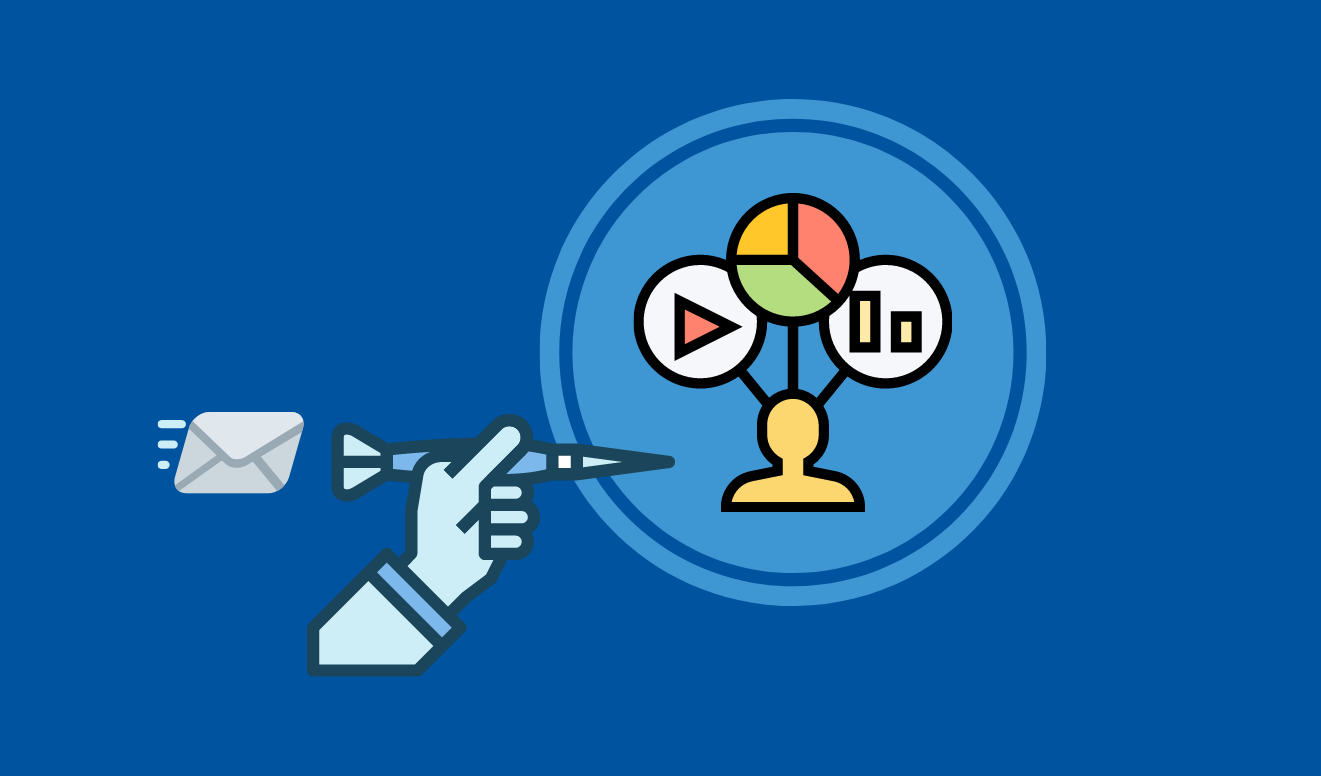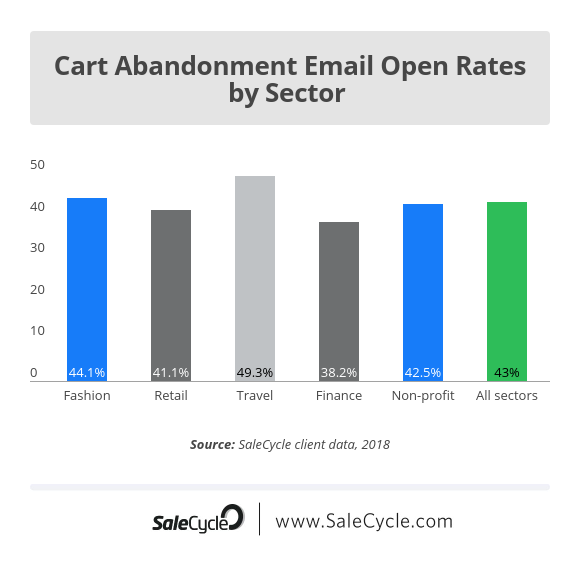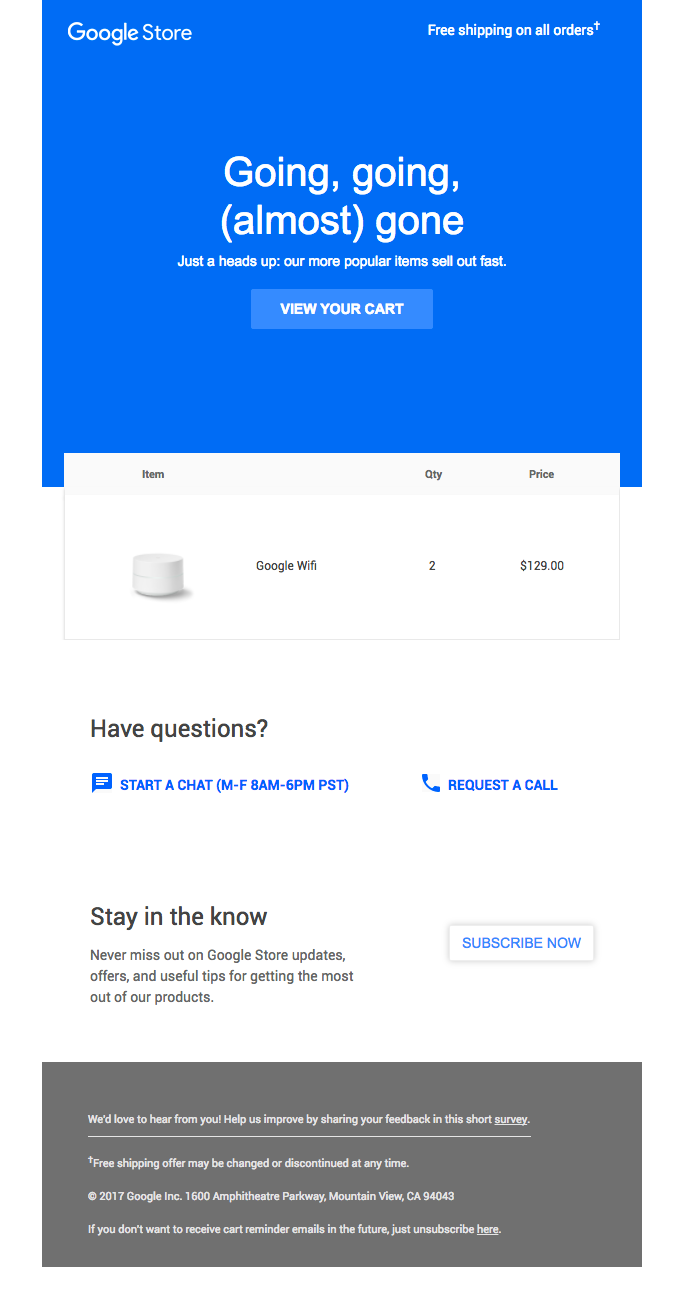What You Need To Know About Behavioral Email Marketing

Behavioral email marketing can feel overwhelming before you start.
What behavior should I track?
How do you get behavioral data, and how should I score it in my marketing automation tools?
Can you track too much data? Too little?
Where should you start?
Let's start small and iterate from there.
By now, you've probably already conquered email list management and your contacts are properly segmented. It’s time to think about how you can personalize your email marketing approach further using behavioral data.
In this post, we’ll:
- Explain behavioral email marketing in simple terms
- Show you how to get started and what data you need
- Explain how to set up your first behavioral trigger email to free you from analysis paralysis
- Give you some concrete examples that you can implement this week
Want to know if your data is good enough for advanced data-driven email marketing? Get in touch with us for a free data quality check.
What is behavioral email marketing?
Behavioral email marketing is a personalization strategy used by email marketers to send targeted emails to their contacts based on their behavior and activity.
Personalization is table stakes for B2B email marketing in 2020. One report revealed it generates a median ROI of 122%.
Personalized email marketing takes the data you have on a contact and uses that to make the emails more relevant and useful to the recipient.
Data you have on a contact can generally be broken down into 3 categories:
Demographic (age, location, gender),
Firmographics (company size, industry), and
Behavioral (how the user behaves in relation to your site and your content marketing).
What is behavioral targeting?
The purpose of behavioral targeting is to tailor email campaigns to your target audience so that the information they see from you is aligned with their interests and likes.
You gather this information based on the way they have behaved on your website, with your social media content, and with previous emails.
This allows you to shape a campaign specific to them, and their position in their buyer’s journey. This means that you can send automated emails that appeal to your contacts at the right time, with messaging and offers you know will appeal to them.
Why is data so important in behavioral email marketing?
Data is central to behavioral email marketing campaigns. Without data on your contacts and how they behave, you won’t be able to find ways to personalize your emails.
It’s important to know what you plan to do with the data so you can create a system for capturing it. Consider what kind of customer behaviors or actions you can use to send triggered emails so that you can set up your marketing automation tool to react to those triggers.
As data is so important for this type of campaign, you must prioritize email hygiene and keeping your email database clean and enriched is key, so that you can get the best results.
Find out why email marketers should care about clean data here.
Implementing behavioral targeting lets you use information based on how users behave on your website, socials & previous emails and shapes an #emailcampaign specific to the position in their buyer’s journey. Examples you can put into practice:
About Behavioral email segmentation
So what kind of behavior should you be capturing and responding to? It all depends on your email marketing strategy and your approach to the customer journey.
Types of behavioral emails
There are numerous types of behavioral triggers used in email marketing. The list is exhaustive, and you may want to create some very specific triggers to target unique ways your customers interact with your brand.
On the whole, you can categorize behavioral emails as:
Welcome emails
This type of email is usually the first email you send to a contact when they join your list and is triggered when someone opts-in, registers, creates a profile, or goes through an onboarding process.
The goal is to give your new contact an idea of what to expect from your email marketing and encourage interaction.
Get your email list management systems right - get our ultimate bundle of checklists, workflows and swipe files

Conversion confirmation
This email is sent when someone ‘converts’. There are endless ways a contact might do this, but a few examples are when they register for an event or webinar, purchases something, or downloads something.
The goal of this email is to ensure they are getting the most from the experience they’ve signed up for and allows you to provide follow-up information or offers.
Activity response
An email that responds to an activity acts as a reminder or follow up when a contact does something on your site. This may include ‘abandoned cart’ emails, when someone goes to purchase but doesn’t complete the transaction, or when someone views a piece of content but doesn’t convert.
The goal is to push users that are engaged over the line, turning them into customers.

How you can use behavioral marketing
The most straightforward way of doing behavioral marketing is with marketing automation. You may already be using this to send targeted or segment emails based on demographics.
There are a couple of ways you can do this.
Send segmented emails at the right stage in the buyer journey
Set up triggers within your marketing platform to instantaneously send targeted emails
Below are a few examples of how you can incorporate behavioral emails into your marketing strategy:
Behavioral email marketing examples
Webinar behavior
Matt Rowbotham, founder of Traxart, believes that you can use webinar metrics to assess where webinar attendees are in the sales funnel. According to him, you can use the following metrics to personalize emails:
Attendance duration,
Poll responses,
Questions asked, and
Any post-event actions like downloading content or sending messages.
Matt said, “We prioritize attendance duration as we’ve discovered that often, the most engaged attendees are the ones soaking in the speaker’s words and not necessarily posting lots of questions.”
When you plan to use webinar metrics in your behavioral email marketing, you must have a clear idea of the goal of your webinar, whether it’s lead generation, brand awareness, or for educational purposes. Then you can decide what kind of data you want to collect on each contact, which usually consists of registration information as well as the engagement activity with the webinar itself.
When thinking about lead generation, Matt advises that the objective of the webinar is to drive sales. The communication you send following a webinar is to drive the prospect to a relevant landing page for example a case study, a free consultation, or something else of unique value.
Matt explains, “You’re aiming to drive them down the funnel with personalized, rather than generic communications. Our recommendation for webinar workflows is to use polls to segment webinar attendees by their needs and feed them relevant content post-event. Depending on their answer, you can segment attendees into different workflows and drive content that is unique, personalized, and relevant to them.”
He shared the following segmentation examples: an agency targeting entrepreneurs could run a poll that asks ‘How far along are you with your idea?’. The ones just starting out probably won’t have the budget to work with third-party services and the agency might want to get them to sign up to a newsletter to keep in touch periodically until they do.
However, those with an established product, revenue or investment are at a different stage of growth and potentially a warmer prospect. An agency may want to drive those contacts straight to the bottom of the funnel with a free consultation.
The Social Effect used Traxart to ask their attendees what are some of the biggest challenges they face when it comes to ABM marketing. They used the answers to send follow-up content that achieved a 46.3% open and 37.8% click-through rate.
Registration pages also provide custom fields to extract relevant information pre-event. You could even build a set of questions before the event to help plan your content and ensure you are providing value that is meeting a need for the attendees.
When it comes to building webinars in order to capture this valuable data, Matt recommends the following 3 stages:
Know what your objective is and plan backward. If you want to drive sales, ensure the registration page asks relevant questions to help you determine top leads – “How long is your buying cycle?”
Use polls to extract data, later segmenting into follow-up workflows
Encourage attendees to ask questions which provide another reason to follow up with something of value
Buyer journey stage
As mentioned in the webinar section above, understanding where your contacts sit in the buyer journey can help you build email workflows that convert more easily. The key is knowing how likely or how ready a contact is to become a customer, and therefore what kind of content they want to see.
You can track where a person is on their buyer’s journey within your marketing platform or CRM (Customer Relationship Management) tool. This could involve adding tags to a contact when they download a specific piece of content or join a webinar. Or you could segment your contacts based on how frequently they’ve engaged with your content, or based on the types of content they’ve engaged with.
We wrote a guide on customer segmentation in CRM for immediate marketing use.
You may want to create a system for marketing a contact’s ‘user status’, for example ‘light user’, ‘regular user’, ‘heavy user’, and so on.
For example, if a contact has attended a few lead generation webinars, and read a few blog posts, you would segment them into the ‘top of the funnel’ category and may wait for them to download some meatier content before you push them to convert.
If a contact has been consistently engaging with your content and has given clues they are ready for a new product or service, then you can consider them ‘bottom of the funnel’ and personalize your email messaging in order to get them over the line.
Purchasing and usage behavior
Behavioral email marketing is commonly used by eCommerce sites, often called ‘retargeting’ or ‘remarketing’, and is based on consumer behavior. One of the most common examples is cart abandonment emails. These are typically sent when a customer has added items to their shopping cart, but not completed the checkout process.
The open rates for these types of emails are much higher than the average marketing email, making it a worthwhile approach.
A company would send an email to remind them to complete their order, possibly including offers or reminders of why the products or services are great. The goal is to encourage the shopper to covert, and it works so well because the contact is already highly engaged on their site.
Here’s an example from Google for one of their home devices. It works because it also adds some urgency making the customer feel it may sell out before they get a chance to buy it.
There are lots of other ways to introduce usage or purchasing behavior—it’s not exclusive to B2C companies or eCommerce.
An example might be sending emails to users when they have been active within their free trial, reminding them of the benefits, and encouraging them to sign up for a paid plan.
Another example is looking at a customer's purchase history, analyzing the frequency or behavior patterns. You can use this behavioral data in your email marketing approach to remind the customer to make a repeat order.
Customer loyalty
According to the Pareto Principle, 80% of your business comes from 20% of your customers, making it worthwhile to engage repeat customers with your content and keep them coming back.
Using data you have on purchasing behavior, you can target your most loyal customers with personalized messaging. They’re an extremely valuable asset, so send them emails that make them feel seen and appreciated.
Provide an opportunity to join loyalty programs or VIP clubs. Over 70% of consumers are more likely to recommend a brand if it has a good loyalty program. Marketing automation can help you achieve this, set up a trigger to send out invites once a customer has passed a particular order number or order value threshold.
We wrote the ultimate guide to email marketing automation. Understand how to create an effective email automation strategy, set up your first campaign and the best tools to use in 2021.
You could also use the data you have on repeat customers to make them exclusive offers so that another purchase becomes more appealing, and they remain a loyal customer.
Location-based segmentation
A great way of using the data you have available with behavioral marketing is with location-based marketing segmentation. This is where you personalize your behavioral marketing tactics a step further, by incorporating details that relate to the location of your contacts.
For example, someone might have clicked onto your event sign up page, but not completed the registration. Say the event was in Barcelona, and you had data on the contact that they were based in or near Barcelona. At this point, you could send an email nudge along the lines of “We’re holding an event near you next month, here’s why you might find it useful...”
But what if you don’t have this data? Data enrichment tools, like tye, are a great way of enhancing your existing email database. We take lists, validate and clean them, and as an extra step, use our expertise to enrich your data. We can enhance your lists depending on what’s important to you, including gender, location, and firmographics. You can find out more about data enrichment here.
In summary
Email marketers are always looking for ways to increase their open rates, conversion rates, and help boost revenue, and behavioral marketing is a great tactic.
When it comes to personalization, the more relevant and useful the better. Behavioral email marketing ticks all the boxes. You have data available to you on how your contacts behave, so use this to your advantage. Even better when you combine it with your demographic or firmographics data to create emails that entice your potential customers.
If your existing data isn’t allowing you to personalize as much as you’d like, get in touch and we can help you optimize your lists for better email marketing.
We created the ultimate email list management bundle for busy marketing leaders who want to make the most of their data

